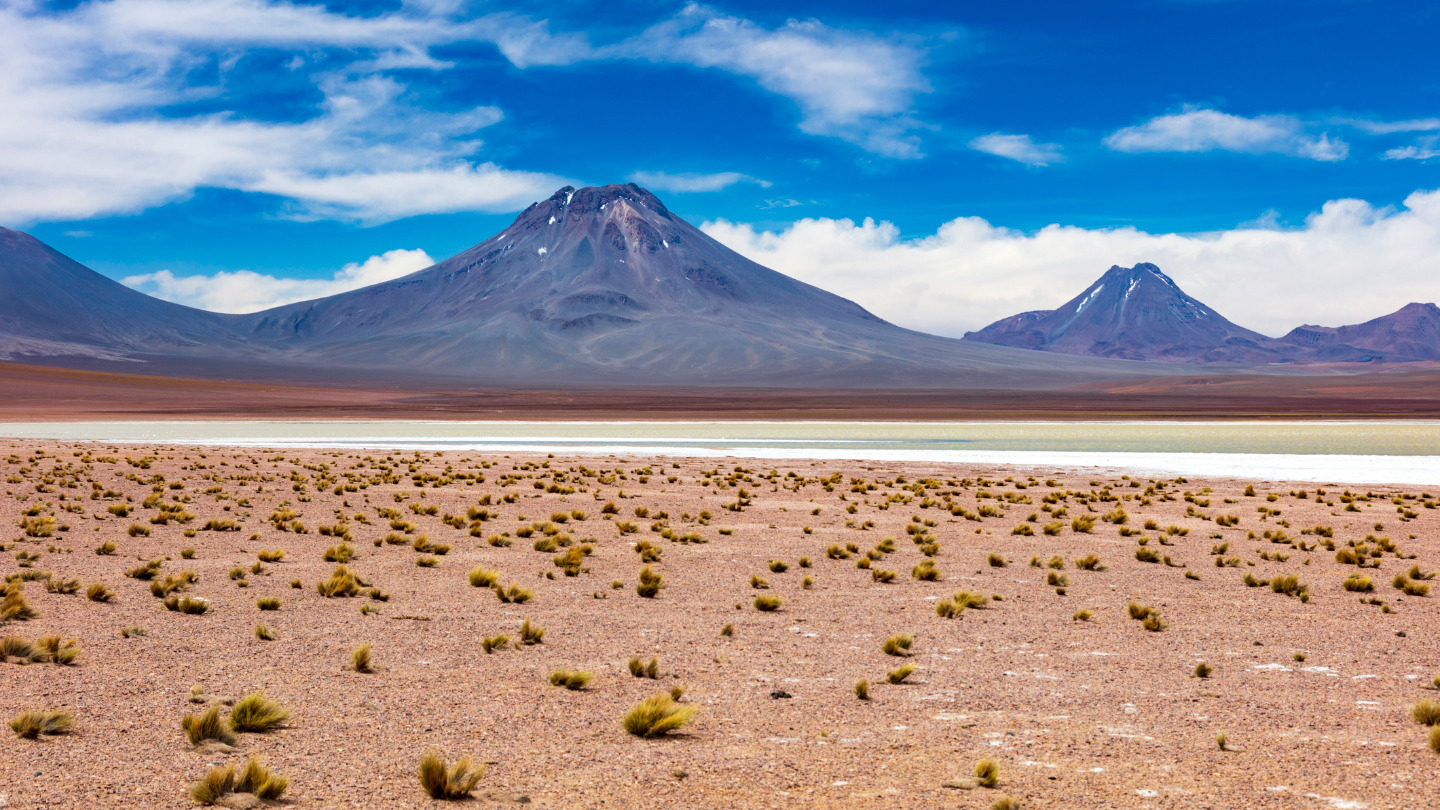Forget Arizona or Florida — sun worshippers ought to head to the Atacama Desert in South America. It’s there that the sun’s rays on Earth are most intense, beating out places like Mount Everest and even, occasionally, rivaling the conditions on Venus, researchers report July 3 in the Bulletin of the American Meteorological Society.
To answer that question, Cordero and colleagues set up a small atmospheric observatory, housed in two shipping containers, in the Chilean Altiplano. Since 2016, the researchers have been measuring solar radiation levels at the site using a pyranometer, a palm-sized instrument sensitive to ultraviolet, visible and near-infrared light.
Based on the first five years of data from the observatory, the average amount of solar power hitting each square meter of the landscape — 308 watts — is consistent with the earlier satellite observations and even higher than values recorded by a pyranometer near the summit of Mount Everest, the team reports.
The researchers also captured bursts of extremely intense solar radiation. One event, in January 2017, blasted the site with 2,177 watts per square meter — more than seven times the average. The intensity of that burst and others like it rivals solar radiation on Venus, which is over 40 million kilometers closer to the sun than Earth is (SN: 2/13/18). Such events, which typically last just a few minutes, are caused by thin clouds scattering light toward the ground, the researchers suggest.
2023-07-26 05:00:00
Link from www.sciencenews.org
